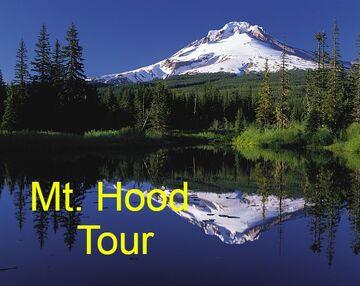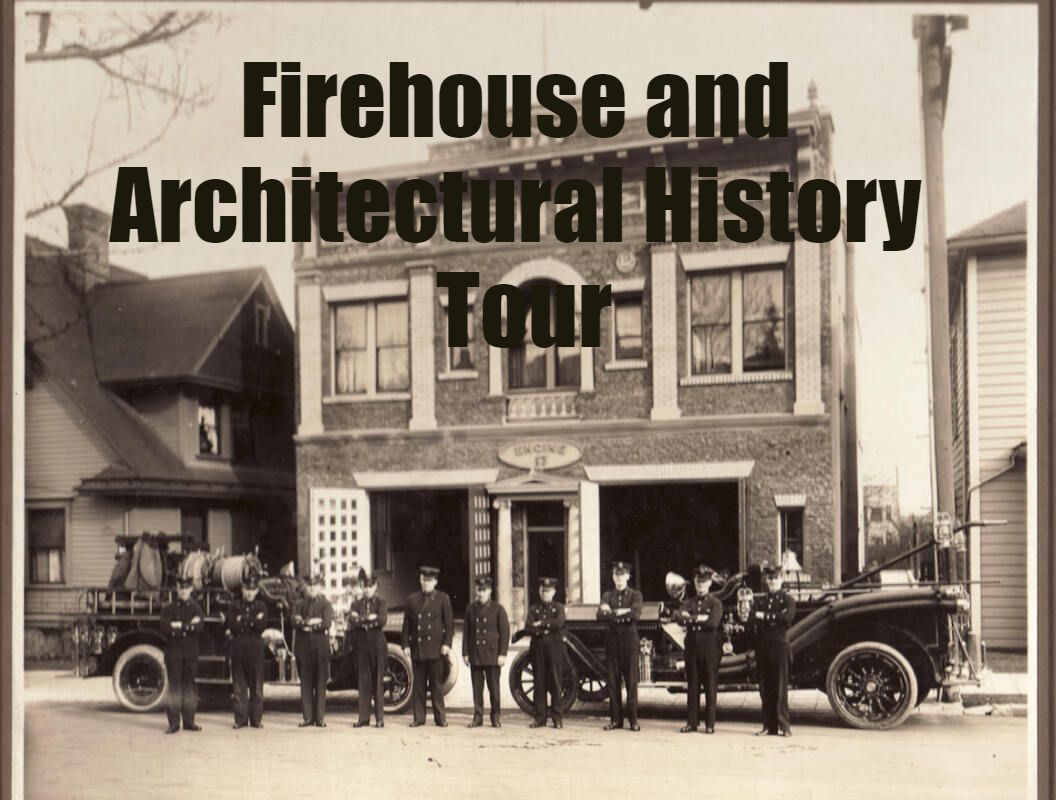We will be, at Mill Ends Park, in a moment.
Since its official recognition in 1971, Mill Ends Park has been noted by the Guinness Book of World Records, as the, smallest park in the world!
If you want to see it, move to the left side of the bus. I will point it out. It's hard to see.
After a light pole, that was slated to be installed in 1948 never went up, a local newspaper columnist, Dick Fagan, named the park after his column in the newspaper.
Measuring just 24 inches in diameter, Mill Ends Park enjoys an international reputation as the world's smallest park, according to the Guinness Book of World Records in 1971.
The park was dedicated on St. Patrick's Day, 1948, as "the only leprechaun colony west of Ireland".
A little history.
The site that would become Mill Ends Park was intended to be the site for a light pole. When the pole failed to appear and weeds sprouted in the opening, Dick Fagan, a columnist for the Oregon Journal, planted flowers in the hole and named it after his column in the paper, "Mill Ends" (a reference to leftover irregular pieces of wood at lumber mills). Fagan's office in the Journal building overlooked the median.
He tells the story of the park's origin: "I looked out the window, and spotted a leprechaun digging in the hole. I ran down and grabbed the leprechaun, Patrick O'Toole was his name, which meant that I had earned a wish."
Fagan said he wished for a park of his own; but since he had not specified the size of the park in his wish, the leprechaun gave him the hole.
Over the next two decades, Fagan often featured the park and its head leprechaun, in his whimsical column. Fagan claimed to be the only person who could see Patrick O'Toole.
The next sight is the Waldo Building.
BUT BEFORE THAT, 1890 street scenes.
With some more.
Does anyone have any questions?
Since its official recognition in 1971, Mill Ends Park has been noted by the Guinness Book of World Records, as the, smallest park in the world!
If you want to see it, move to the left side of the bus. I will point it out. It's hard to see.
After a light pole, that was slated to be installed in 1948 never went up, a local newspaper columnist, Dick Fagan, named the park after his column in the newspaper.
Measuring just 24 inches in diameter, Mill Ends Park enjoys an international reputation as the world's smallest park, according to the Guinness Book of World Records in 1971.
The park was dedicated on St. Patrick's Day, 1948, as "the only leprechaun colony west of Ireland".
A little history.
The site that would become Mill Ends Park was intended to be the site for a light pole. When the pole failed to appear and weeds sprouted in the opening, Dick Fagan, a columnist for the Oregon Journal, planted flowers in the hole and named it after his column in the paper, "Mill Ends" (a reference to leftover irregular pieces of wood at lumber mills). Fagan's office in the Journal building overlooked the median.
He tells the story of the park's origin: "I looked out the window, and spotted a leprechaun digging in the hole. I ran down and grabbed the leprechaun, Patrick O'Toole was his name, which meant that I had earned a wish."
Fagan said he wished for a park of his own; but since he had not specified the size of the park in his wish, the leprechaun gave him the hole.
Over the next two decades, Fagan often featured the park and its head leprechaun, in his whimsical column. Fagan claimed to be the only person who could see Patrick O'Toole.
The next sight is the Waldo Building.
BUT BEFORE THAT, 1890 street scenes.
With some more.
Does anyone have any questions?




















